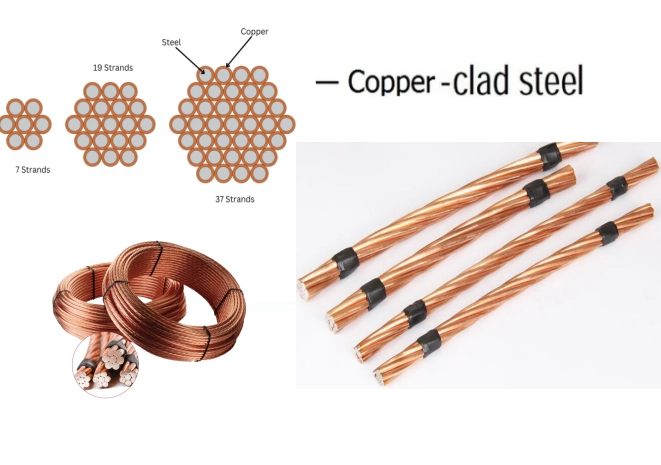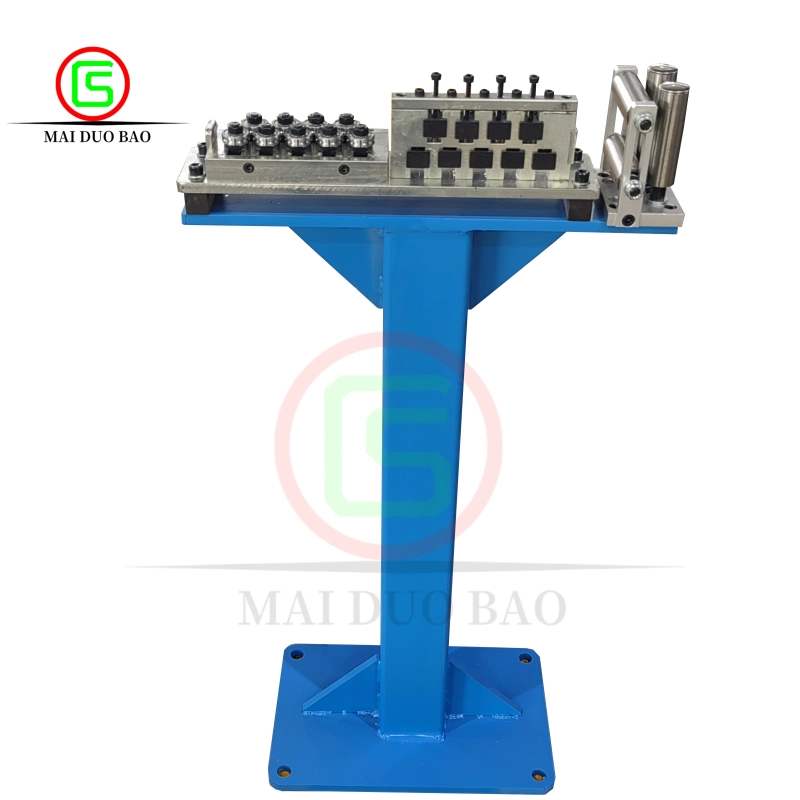In the realm of precision machinery, spindles play a pivotal role in ensuring optimal performance and productivity. A spindle's primary function is to rotate tools or workpieces at high speeds, making it essential for various applications in manufacturing, woodworking, and metalworking. However, like any mechanical component, spindles can experience wear and tear over time, leading to potential failures that can disrupt operations and incur significant costs. Understanding the symptoms of a bad spindle is crucial for maintenance professionals and operators alike. This article delves into the key indicators of spindle failure, enabling you to take proactive measures to mitigate risks and maintain operational efficiency.
- Unusual Vibrations
One of the most common symptoms of a failing spindle is the presence of unusual vibrations during operation. While some vibration is normal, excessive or irregular vibrations can indicate underlying issues such as misalignment, imbalance, or bearing wear. Operators should monitor vibration levels using specialized equipment, such as accelerometers or vibration analyzers. A sudden increase in vibration amplitude or frequency can signal that the spindle is on the verge of failure, necessitating immediate inspection and potential repair.
- Increased Noise Levels
Another telltale sign of spindle deterioration is an increase in noise levels. A healthy spindle operates quietly, but as components wear down, they may produce grinding, rattling, or whining noises. These sounds can stem from various issues, including bearing failure, inadequate lubrication, or tool chatter. Operators should pay close attention to any changes in noise patterns, as they can provide valuable insights into the spindle's condition. Regular auditory inspections can help identify problems before they escalate into more significant failures.
- Temperature Fluctuations
Temperature monitoring is a critical aspect of spindle maintenance. A spindle that operates at higher-than-normal temperatures can indicate several issues, including insufficient lubrication, bearing wear, or excessive load. Operators should utilize thermal imaging cameras or infrared thermometers to monitor spindle temperatures during operation. A consistent rise in temperature can lead to catastrophic failure if not addressed promptly. Implementing a routine temperature check can help identify potential problems early, allowing for timely intervention.
- Decreased Performance and Accuracy
A decline in machining performance and accuracy is another symptom of a bad spindle. If the spindle is unable to maintain the required speed or torque, it can lead to subpar machining results, such as poor surface finish or dimensional inaccuracies. Operators should regularly assess the spindle's performance against established benchmarks. Any noticeable drop in performance should prompt a thorough inspection of the spindle and its associated components.
- Visual Inspection for Wear and Damage
Regular visual inspections are essential for identifying physical signs of spindle wear and damage. Operators should look for signs of corrosion, pitting, or discoloration on the spindle surface, as well as any visible cracks or deformities. Additionally, inspecting the bearings for signs of wear, such as scoring or discoloration, can provide valuable insights into the spindle's health. Implementing a routine visual inspection schedule can help catch issues before they lead to complete spindle failure.
- Lubrication Issues
Proper lubrication is vital for spindle longevity and performance. Insufficient or contaminated lubrication can lead to increased friction, overheating, and eventual failure. Operators should ensure that the spindle is adequately lubricated according to the manufacturer's specifications. Regularly checking lubrication levels and replacing old or contaminated lubricant can prevent many common spindle issues. Additionally, monitoring for leaks or unusual oil consumption can help identify potential lubrication problems early.
Conclusion
Recognizing the symptoms of a bad spindle is essential for maintaining the efficiency and reliability of precision machinery. By being vigilant and proactive in monitoring vibrations, noise levels, temperature, performance, and lubrication, operators can identify potential issues before they escalate into costly failures. Regular inspections and maintenance practices not only extend the lifespan of spindles but also enhance overall operational efficiency. In the competitive landscape of manufacturing, staying ahead of spindle health can make a significant difference in productivity and profitability.

